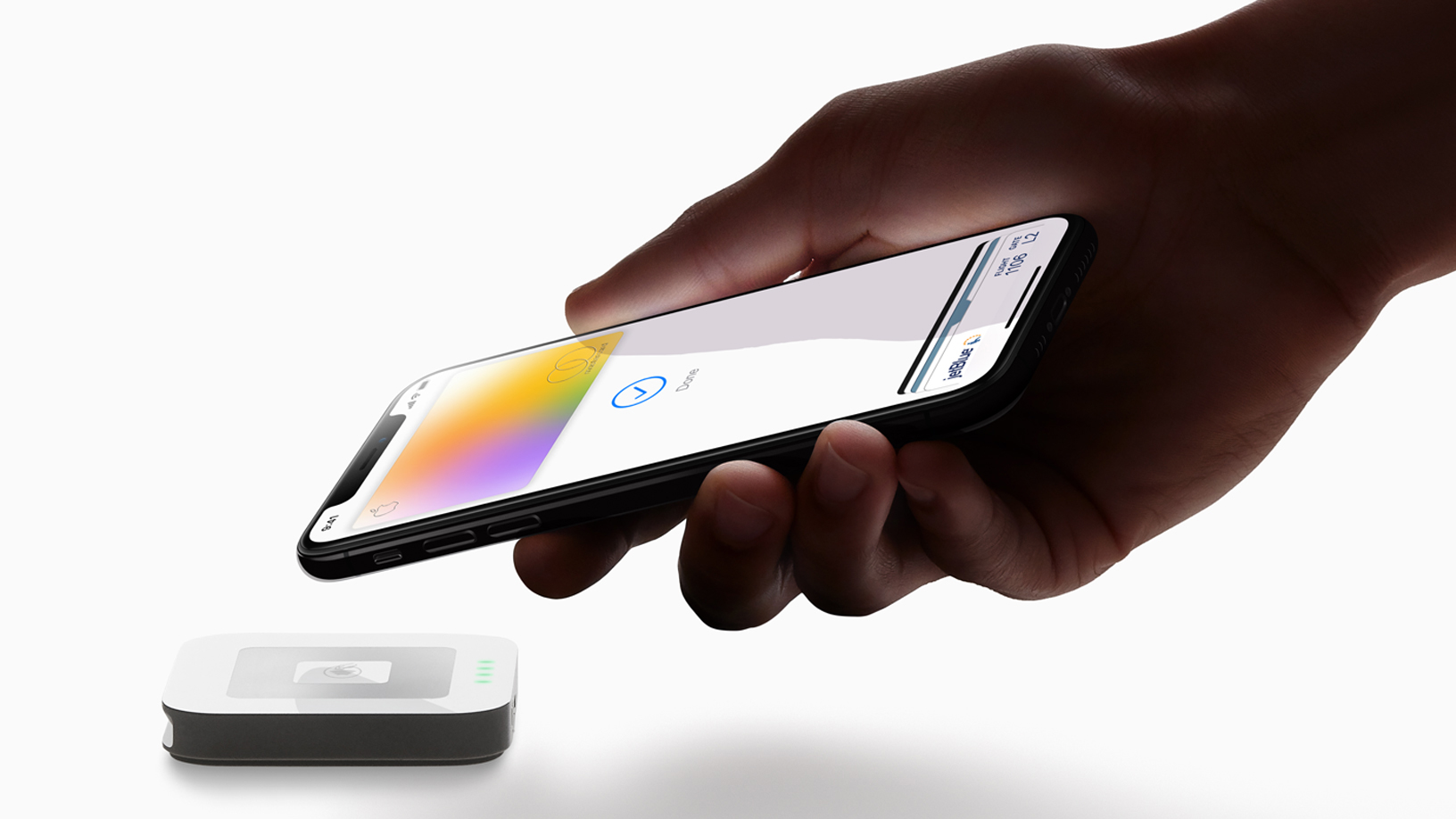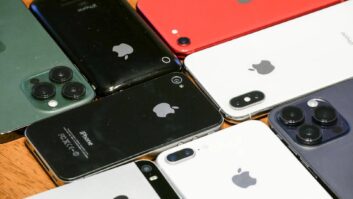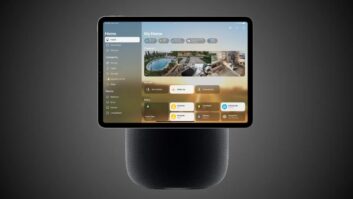
Initial reaction to Apple’s entrance into the credit card space via its Apple Card was met by the expected healthy skepticism. After all, Apple may know tech, but what does the company know about consumer credit?
Many observers also looked askance at Apple Cards reward benefits, pointing to other similar or even more lucrative money-back programs from other more well-established card issuers.
But as those in the tech business have learned, discounting Apple’s ability to create consumer must-have craving into any market it enters — music selling, smartphones, tablets, wearables — often makes initial cynics look foolish.
Watch: Apple Unveils Apple TV+
So, assuming Apple Card creates a similar type of speedy and disruptive adoption as its previous products, what do retailers need to know? TWICE spoke to executives at two credit card review sites, Ted Rossman, industry analyst at CreditCards.com, and John Ganotis, founder of Credit Card Insider, to get some insights.
1. Consumers will adopt Apple Card.
Apple Card’s appeal is three-fold:
First, there’s its supposed simplicity: No more mystery vendors, GPS-recorded purchase locations, spending color-coded by category and flexible payment plans.
Second, there are the cash rewards: 1 percent back on plain credit card purchases, 2 percent back on purchases made with Apple Pay, 3 percent back on Apple store purchases in-store or online, all applied daily, plus no fee.
Finally, there’s the plain cool factor, especially that titanium credit card for that increasingly rare retailer that doesn’t accept mobile payments.
“There will certainly be skeptics,” said Ganotis, “but I think most consumers who use it will love it. While an extra 1 percent of cash back isn’t huge, it’s a financial incentive for consumers to try to use Apple Pay when a retailer offers it, or ask the retailer if it’s available. Apple Card is different because there’s a physical card someone can use when mobile contactless payments are not supported.”
See also: Apple Updates iPad Mini, iPad Air
There are still a great many unknowns – Apple Card isn’t due to launch until the summer. But historically we do know there are millions of early adopting iPhone owners who will drive initial enthusiasm, regardless of Apple Card’s actual benefits or value.
“This card will appeal to many Apple devotees,” Rossman agreed. “The laser-etched titanium card has plunk factor as a status symbol. And many people will enjoy the simplicity of Apple Card being incorporated into a device they love and use constantly. There’s an inherent marketing advantage here. I’ve told lots of people this week that the U.S. Bank Altitude Reserve Visa Infinite Card offers significantly better rewards on mobile wallet purchases – and gotten a lot of blank states and ‘huh?’ in return. I’m not wowed by any of Apple Card’s features – the lack of a sign-up bonus, the mediocre rewards structure, the ho-hum interest rates, the lack of a 0 percent intro APR or balance transfer offer, etc. – but that won’t matter to people who are fanatical about the Apple brand.”
Rossman also noted that “only about a third of iPhone users have tried Apple Pay.” Considering there are around 100 million iPhones in the U.S. according to Statista, which means there are more than 30 million Apple Pay users.
2. Apple Card is unlikely to accelerate adoption of mobile payments.
This is because mobile payment adoption is already rapidly expanding. According to BI Intelligence, in-store mobile payments will reach $503 billion by 2020, a CAGR of 80 percent from 2015. And according to Mobile Payments World, by the end of 2020 the number of in-store mobile payment users in the U.S. is expected to reach 150 million, more than half the population. The number of consumers in the U.S. using mobile payments has already reached 61.9 million, up from 48.1 million in 2017, according to eMarketer.
“This technology is now in use at about 70 percent of U.S. merchant locations,” Rossman reported. “Mobile payments usage is currently low and contactless usage is miniscule, but the rising tide might – slowly – lift all boats. Chase is in the midst of a big contactless push, and American Express and Capital One are other leaders. Public transit systems in Chicago, New York and Portland are among those currently embracing contactless and mobile payments technology. Greater contactless usage will beget more mobile payments usage and awareness, and vice versa. It will be a slow progression, but it’s coming.”
See also: ShopTalk 2019 Quick Hits: 7 Takeaways From The Retail Tech Show
“It will be interesting to see if [Apple Card] will increase consumer demand to the point that people are asking retailers to support it so they can get more cash back,” Ganotis said, “or if people make decisions about where to shop based on whether Apple Pay is supported.”
3. Apple doesn’t charge higher fees than other credit card issuers.
As noted, Apple Card won’t be out until the summer so some details have yet to be revealed. But …
“I don’t think there will be a difference to retailers,” Rossman speculated. “They should continue to pay the same – approximately – 2.5 percent interchange fee whether a consumer uses a credit card itself or charges against that credit card on a mobile payments app. There is a difference to Apple, which has been getting about 0.15 percent of each transaction when a consumer uses a non-Apple Card in Apple Pay. Apple will get a bigger slice of the interchange when consumers use Apple Card.”
4. Retailers won’t need new POS terminals.
“Many terminals that support contactless credit cards also support mobile payment systems,” assures Ganotis. “Contactless cards have been big in Europe for years, and they’re just starting to catch on more in the US. Terminals that already accept Apple Pay will work with mobile payments on Apple Card. Any regular terminal that accepts normal Chip-and-Signature EMV chip cards will accept the physical Apple Pay card. The physical Apple Card can be used anywhere regular credit cards can be used.”
5. Mobile payment systems, both in-store and online, are more secure.
“Merchants won’t be liable for in-person fraud as long as they’ve upgraded to EMV chip card technology,” Rossman said. “The banks will have to eat the cost in that event. Online is a different story – merchants are liable for online fraud. This is where most of the questions come in. Is the retailer – and/or its partner(s) – doing as much as possible to prevent online fraud while maintaining a good customer experience and encouraging people to buy? Would it make sense to incorporate two-factor authentication? Mobile payments can actually help prevent online fraud because of their biometrics technology, requiring the user to scan a thumbprint or face ID to process the transaction.”
See also: Apple Update AirPods













